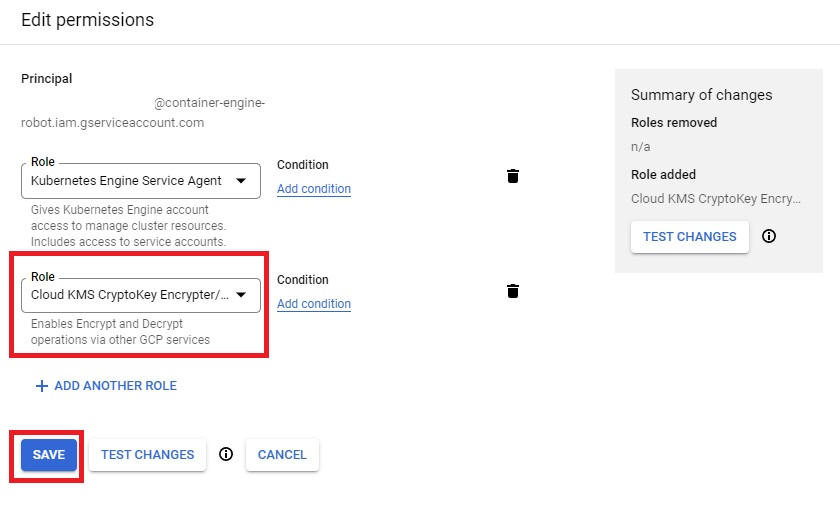|
Important
|
A Domino install can’t be hosted on a subdomain of another Domino install.
For example, if you have Domino deployed at data-science.example.com, you can’t deploy another instance of Domino at acme.data-science.example.com.
|
Use this topic to provision infrastructure with Google Cloud Platform (GCP). After the infrastructure is in place, you can deploy Domino on Google Kubernetes Engine (GKE).
Domino recommends that you use our public-facing GCP-specific Reference Terraform module. You can also reference this module to manually provision the environment and infrastructure.
-
Open the
main.tffile then go to thegke_clustermodule, and edit the attributes as follow:-
gke_cluster.project: Name of the project where the cluster will be deployed. -
gke_cluster.deploy_id: Name of the cluster to create. -
gke_cluster.location: Location of the cluster. -
gke_cluster.master_authorized_networks_config.cidr_block: External network that can access Kubernetes master through HTTPS. Must be specified in Classless Inter-Domain Routing (CIDR) notation. -
gke_cluster.node_pool_overrides.gpu.node_locations: Location of the GPU nodes.
-
-
To initialize the modules, run the following command in the same folder as
main.tf:gcloud init gcloud auth application-default login terraform init -
To start the infrastructure deployment, run the following commands (you can ignore deprecation warnings):
terraform plan -out=terraform.plan terraform apply terraform.plan
|
Important
| Save the Terraform output from the previous commands because you’ll need it to complete the Domino deployment. |


